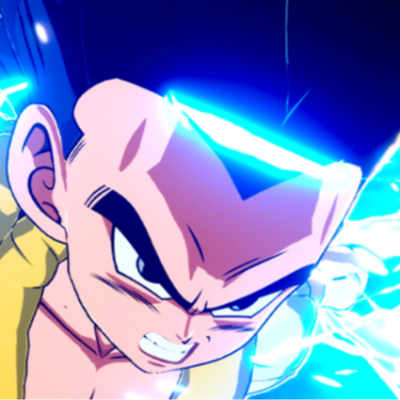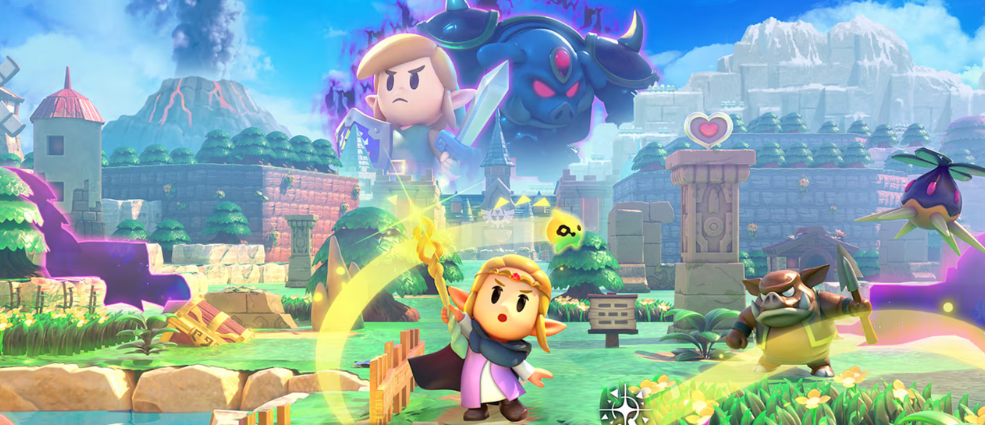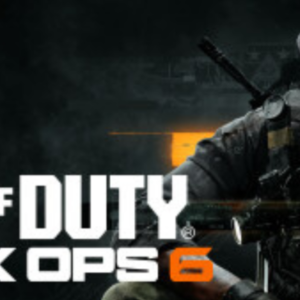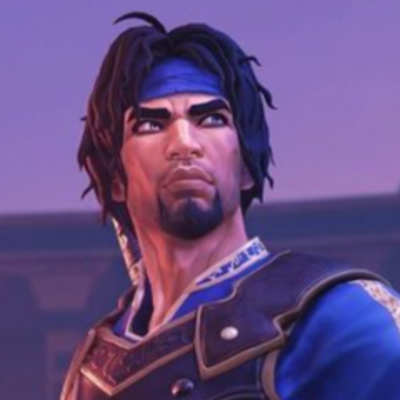
Take a deep dive into the differences between the game and the TV series.

Grab your shivs and get ready for a ride through the post-apocalyptic rollercoaster that is The Last of Us.
We've battled clickers, shed a tear or two, and now, with the TV adaptation out on Max, starring the impeccable duo of Pedro Pascal and Bella Ramsey, it's time to chat about the game vs. the show.
The dynamic duo behind the groundbreaking masterpiece, The Last of Us, consists of Neil Druckmann and Bruce Straley, the dynamic minds at Naughty Dog who orchestrated the symphony of survival, emotion, and storytelling that became an instant classic in the gaming world. These two visionaries, often referred to as the "creative backbone" of Naughty Dog, brought complementary skills to the table. Neil Druckmann teamed up with Craig Mazin to do the majority of the directing and writing on the series.
From Joel and Ellie's on-screen relationship development to the unexpected twists, we're breaking down the main differences between the plot, character arcs, and even fan opinions on what should and shouldn't have cut the TV series. So, gear up, fellow survivors, as we explore how our favorite virtual adventure made the leap to your binge-watch list.
Time Jump: The game started in 2013, where the series began in 2003
Why is this the case? In an interview with Insider, the co-creator of the series, Craig Mazin ("Chernobyl," "The Hangover"), said, "I suggested this change because it would allow the show's main timeline to be now, in 2023," Mazin continued, adding, "There's just something about saying this is happening now in this parallel universe."
Spores No More: In the show, the infection spreads through spores, not through fungal tendrils
In the game, the primary vector for the Cordyceps infection is airborne spores. These microscopic particles hang in the air, leading to infection upon inhalation. It's a stealthy, atmospheric transmission that adds to the game's tense atmosphere.
Now, shift to the TV adaptation – they've decided to tweak the transmission method. Instead of spores, the show introduces fungal tendrils as the means of spreading the infection. These tendrils, likely an evolved form of the Cordyceps fungus, physically reach out to make contact with potential hosts. So, in a nutshell, the game goes for the invisible threat of airborne spores, while the show amps up the visual horror with creepy-crawly fungal tendrils.
Fan Of View: Our fan view is that the removal of masks from the TV show was a top-notch decision. With masks on, the actors couldn't convey as much emotion. Especially since Bella Ramsey and Pedro Pascal's on-screen relationship is like lightning in a bottle, we wouldn't want to miss any classic Ellie death glares.
Bill and Frank: "Long, Long Time"
In the haunting tapestry of The Last of Us, one unexpected gem shines through – the poignant love story of Bill and Frank. Amidst the desolation of the post-apocalyptic world, their connection transcends the chaos, leaving an indelible mark on the hearts of fans. Bill, the fierce and pragmatic survivalist, and Frank, his estranged partner, share a story of love, loss, and the enduring human spirit. Their tale is a subtle narrative woven into the broader fabric of survival, whispered through abandoned streets and echoing within the walls of desolate buildings.
What resonates so profoundly with LGBTQ+ fans is the authenticity of Bill's (Nick Offerman) and Frank's (Murray Bartlett) story. It's not a flamboyant proclamation; it's the quiet acknowledgment of a love that persisted even in the face of a crumbling world. Naughty Dog delicately handled their relationship, making it a part of the narrative without sensationalizing it. It's a slice of representation that feels genuine, relatable, and devoid of stereotypes. The nuances of Bill and Frank's love story struck a chord because it showcased the diversity of queer experiences. Their narrative wasn't defined solely by their sexual orientation; it was a complex, multifaceted portrayal of love enduring in the midst of societal collapse. In a gaming landscape where queer representation often struggles for authentic space, Bill and Frank became a beacon. The Last of Us didn't give us a grand declaration; instead, it whispered a truth that resonated. It said, "In this broken world, love persists."
Henry and Sam: "Stay awake with me."
In episode 4 of The Last of Us, Joel and Ellie drive to the Midwest. Kansas City becomes the battleground as they try to navigate through a traffic jam, only to find themselves in the crosshairs of some seriously unfriendly locals. Joel and Ellie, being the badasses they are, take down a bunch of these hunters, and that ticks off the leader of the Fireflies, Kathleen – a character not featured in the game. They are eventually met by Henry and Sam.
Here's the twist: in the original game, our fan-favorite brother duo, Henry and Sam, were causing a ruckus in Pittsburgh, not Kansas City. And trust me, there was no Kathleen or any insight into the whole "hunters" movement. But guess what? The TV show throws us a curveball, introducing Melanie Lynskey's character, who took charge of a rebel movement in Kansas City after her brother's tragic demise. She's got this unexpectedly soft vibe hiding some serious menace, making us question how our main crew might've ended up in her shoes. Henry, our seemingly righteous dude, turns out to be an informant for FEDRA, dropping intel that leads to Kathleen's brother's death. Why? To score Sam's leukemia meds. It's a moral tightrope he walks under the weight of desperation. Episode 5 hits us in the feels – an infected takes Kathleen out before she can settle the score with Henry. But the heartbreak train doesn't stop there.
Sam rolls up his pant leg, revealing a gruesome bite. In that heartbeat, the truth hits like a freight train – Sam got bitten during the earlier showdown with the Infected. Ellie and all of us watching are slapped with the harsh reality. Yet, Ellie doesn't bolt out of the room to spill the beans to Joel. Call it denial or sheer determination, but Ellie pulls a curveball. She flaunts her own healed bite mark and scribbles, "My blood is medicine," on the board. Then, in a move that's equal parts brave and heart-wrenching, she slices her palm, smearing her blood on Sam's wound. In a last desperate plea, Sam scrawls "Stay awake with me," on the board. Ellie's response? "I promise." But reality doesn't play fair. When Ellie wakes the following day, Sam is lost to the infection. The gut punch hits hard, leaving us grappling with the harshness of The Last of Us world.
As we eagerly await the unfolding of The Last of Us next season, the prospect of witnessing our favorite characters navigating the post-apocalyptic landscape in a new medium is both thrilling and nerve-wracking. The transition from controller to remote presents an opportunity for fresh perspectives, untold stories, and a deeper understanding of the complex characters that have become integral to the gaming community's collective heart. Will the TV adaptation continue to capture the same emotional resonance and narrative brilliance that made the game a landmark in interactive storytelling? Only time will unveil the fate of Joel and Ellie in this television odyssey. Until then, let the countdown begin, and may our expectations be met with the same intensity that made The Last of Us a legendary experience as a game and show.
Photo Credit: @thelastofus on Instagram.

Universal’s Epic Universe feat...
Read More...
'The Last of Us' Season 2 drop...
Read More...
Dragon Ball Sparking Zero deli...
Read More...
For the first time since the '...
Read More...
Call of Duty: Black Ops 6 is a...
Read More...
Explore the latest in gaming w...
Read More...